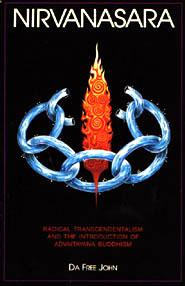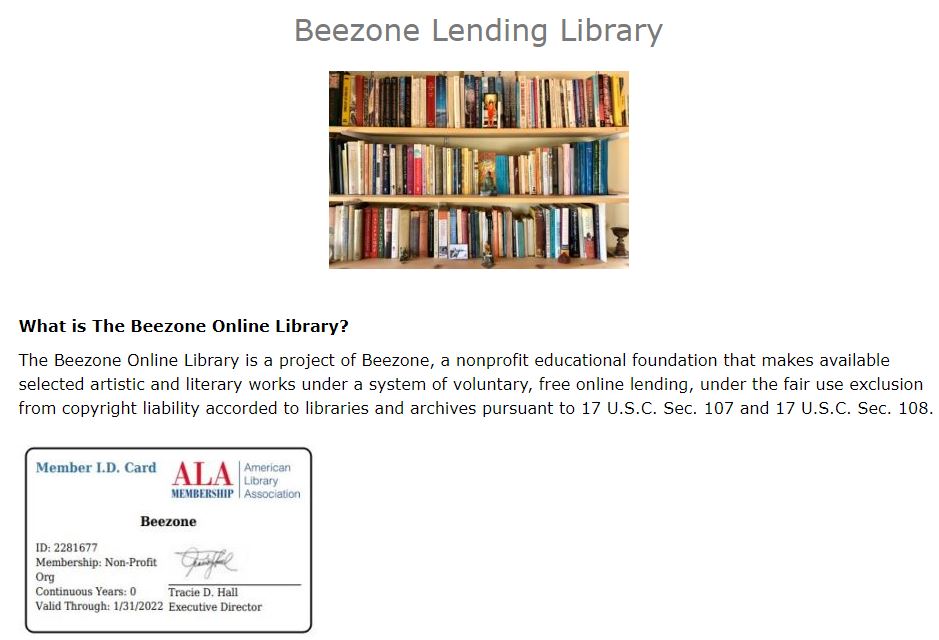
Radical Transcendentalism and the Introduction of Advaitayana Buddhism
Da Free John (Adi Da Samraj) – 1982
Table of Contents
XVII
The Way of Radical Understanding
and the Traditional Formulae of Enlightenment
The principal traditional summation of the “point of view” of Enlightenment is expressed in the language of Upanishadic Advaitism: (1) The world (or any and all objects, conditional existence, suffering, etc.) is un-Real. (2) Only Brahman (or Transcendental Being) is Real. (3) Brahman is the world. The Mahayana Buddhist tradition restates the same point of view in the formula: Nirvana (Transcendental Being or Existence) and samsara (or conditional existence) are the same. And the Advaitic schools also maintain other versions of the same point of view, expressed in such Upanishadic formulae as “Thou art That” and “The atman (or the essence of the individual self) and Paramatman (or the Transcendental Self) are identical.”
Each of these conceptual summations is based upon Transcendental Realization. Therefore, in the form in which they are stated, none of these formulae represents a means for attaining Realization or Enlightenment. That is, from the un-Enlightened or conventional point of view, the world is not un-Real, Brahman is not Real, Nirvana and samsara are the opposites of one another, and the individual self is not the Transcendental Self or Source of the world. However, traditionally, these formulae have been used as guides to belief, philosophical presumption, meditation, and even the presumption of a logic wherein Enlightenment is regarded to be the case merely on the basis of acceptance of the ideas contained in these formulae.
For further reading go to:
